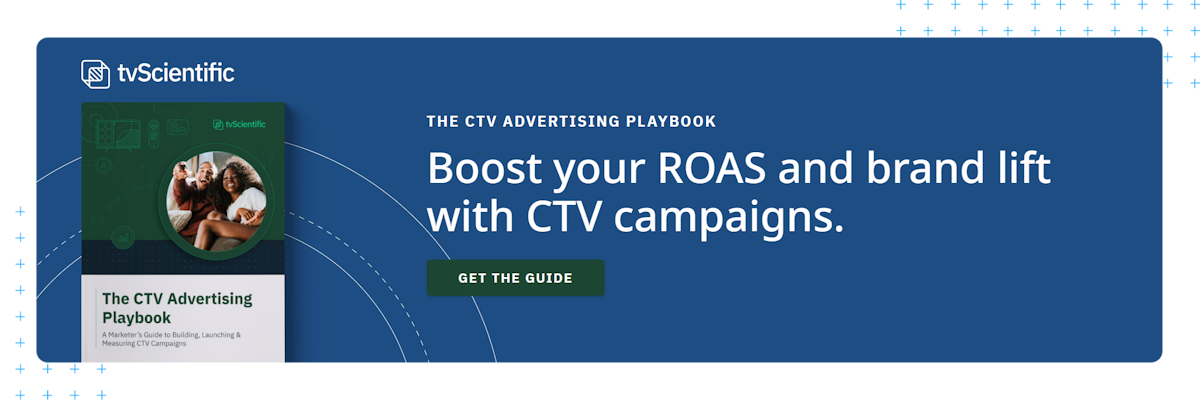Learn why there’s no choice between customer acquisition and retention — your business needs both to grow and thrive.
Why choose between gaining or retaining customers when you can do both? Read on to learn more.
Even if there were endless channels to reach customers in our digital age, one barrier would remain: limited marketing budgets. For small businesses and startups, that makes it tempting to focus on a single, high-performing strategy, such as acquisition or retention efforts. That would be a mistake — the benefits of each campaign are different and brands need both to thrive. The challenge isn’t choosing between customer acquisition and retention, it’s figuring out how to find customers and keep them returning for more simultaneously.
Here are some popular techniques businesses of any size can use to synchronize their acquisition and retention strategies. These lessons can help improve your messaging for new and long-time customers, driving more revenue and profits in the process.
Discover strategies, metrics, examples and more with Customer Acquisition: A Practical Guide.
What’s the Difference Between Customer Acquisition and Retention?
Most business owners understand that customer acquisition is about gaining customers while retention is about keeping them, but each strategy has other positive impacts to consider. Acquisition lets businesses grow while retention maximizes customer lifetime value (LTV) — a metric directly contributing to long-term viability.
Acquisition and retention are crucial for any business but require different strategies to succeed. For example, new and long-time customers have unique expectations for how brands interact with them and respond to messaging that reflects that relationship. There’s also budgetary cost to consider. Convincing an existing customer to remain loyal is relatively inexpensive, but you must acquire them first — a process that often costs five times as much. Paying attention to these differences is essential for any brand looking to grow and maintain stability.
Customer Acquisition vs Retention
Customer acquisition and retention campaigns are far more effective when considered together, rather than treated as totally separate. For starters, while acquisition drives growth, its associated costs are much higher, which means brands will spend more on every transaction. Over-focusing on acquisition risks overspending on marketing and cannibalizing revenue. But the predictable income derived from retained customers helps offset the necessary investment of finding new ones.
Meanwhile, solely focusing on retention has its own problems. Few customers will stay with a brand indefinitely — even the most loyal patron might switch to a competitor, cut back spending during an economic downturn, or simply stop needing the product. Acquisition efforts provide a steady influx of new customers to minimize the impact of this churn.
Fortunately, connected TV presents several relevant strengths for bringing in or bringing back customers. CTV gives brands more reach at a better cost than similar digital mediums, drives higher brand recall, and even features powerful yet privacy-friendly measurement options. Read our CTV Advertising Playboook to learn more about how to best use this powerful new marketing medium.
Customer Acquisition and Retention Strategies
Prioritize Customer Experiences
While it may seem self-evident, always remember that customer experiences matter. Market research consistently shows that positive experiences directly contribute to acquisition, retention, and overall loyalty for a brand, which can help good businesses become even better ones.
While sentiment can be difficult to measure quantitatively, the revenue loyal customers contribute is straightforward:
- According to McKinsey & Company, when businesses take steps to improve their customer experience, they typically increase sales by up to 7% and shareholder return by up to 10%.
- Approximately 78% of customers make purchasing decisions based on prior customer experiences. Up to 94% say a positive experience would encourage them to shop with a brand again.
- Just as positive experiences attract customers, negative experiences drive them away. For example, Emplifi found that 86% of customers would abandon brands they felt loyalty towards if one to three negative experiences occurred.
Audience Segmentation and Targeting
In a competitive market, every business must ensure the right audience hears their message to drive a high return on ad spend. That makes targeting strategies vital to growing companies, but those strategies will only work with the right consumer insights. Marketers should always segment their customer data — such as by geography, behaviors, demographics, or interests — to identify valuable customers.
Segmentation is invaluable for retention and acquisition, but for different reasons. In an acquisition campaign, you can match leads to their shared market segments and deliver targeted ad creative that resonates with them. In a retention campaign, you can analyze and compare sales histories within a segment and make personalized recommendations that appeal to similar customers.
Pay Attention to the “Revenue Multiplier” of First-Time Customers
While retention drives more revenue overall, acquisition can act as a revenue multiplier in the short term. For example, a new customer satisfied with their purchase might recommend it to friends and family or discuss the experience on social media. Even if only a fraction of newcomers spread the word, those that do will attract even more visitors, especially in response to “recommend to a friend” promotions.
It’s essential to take advantage of such cascade effects by retaining these new customers. One good starting point is offering loyalty programs or newsletters that help subscribers feel more connected to the brand. Sales data is also invaluable for acquisition and retention campaigns — each first-time sale unlocks new data points you can analyze and leverage to understand your market better. These insights can help you optimize ad campaigns, identify new opportunities, and more.
Technology Has a Role to Play
While managing acquisition and retention campaigns, it’s crucial to note how technology can play into your strategy. Digital trends and new advancements can be disruptive to marketing strategies but also provide significant opportunities. Smartphones alone are proof, thanks to their ability to reach customers while extending data capabilities.
But smartphones are likely not the end of this trend. For example, connected TVs (CTVs) now offer comparable digital connectivity while increasing overall user attention. With 165 million Americans watching CTV content, CTV advertising has become a lucrative marketing channel for businesses in any industry.
With tvScientific’s sophisticated CTV advertising platform, you can control precise targeting levers that narrow your focus to valuable customers, both new and old. From there, you can empower your business to deliver marketing materials that make the greatest impact and leverage real-time performance feedback to refine your strategy. Get in touch today to learn more.







